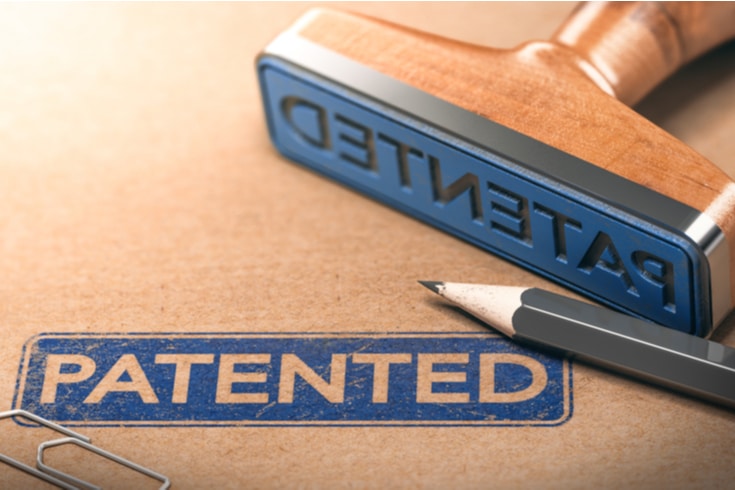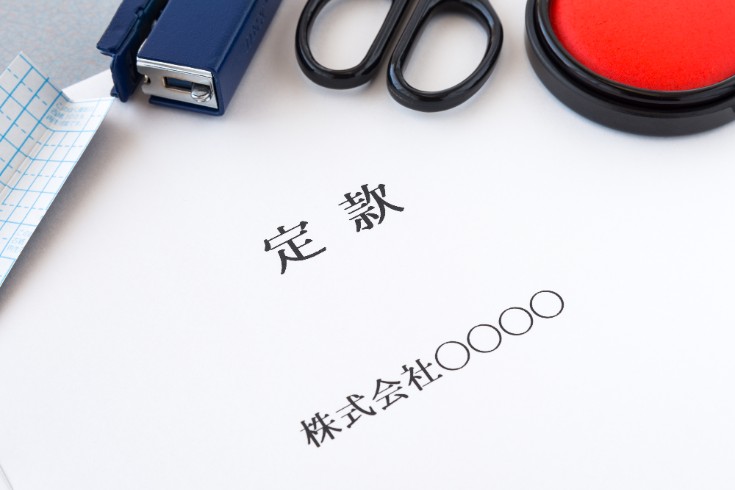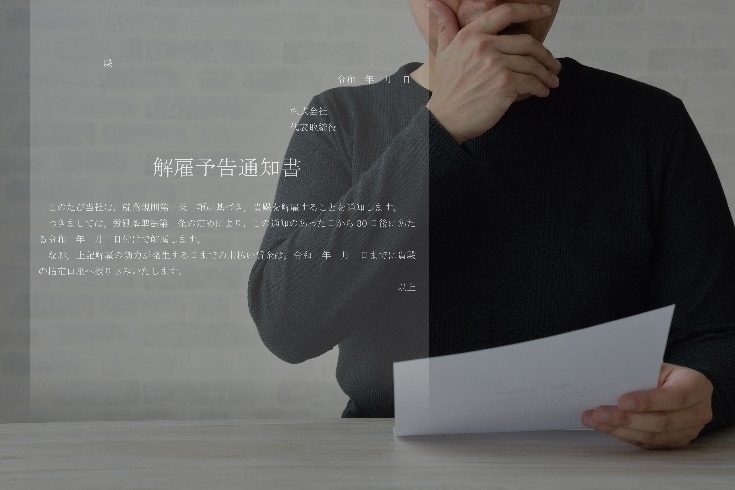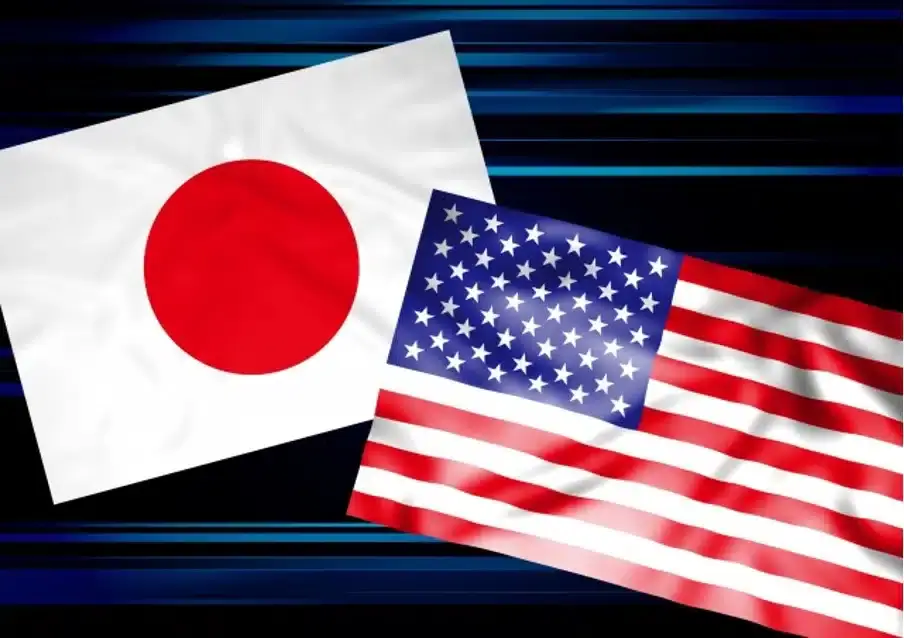What is a 'Utility Model Patent'? Explanation of the Differences from 'Patent Rights' in Japan

“Plastic bottle caps”, “futon beaters”, and “inkless seals (commonly known as: Shachihata)”… What these three have in common is that they are legally protected as “Utility Models”. Utility Models are one of the intellectual property rights we often see in our daily lives, and to put it simply, they are “small inventions”. Even if there is no notable advanced technology, if there are new features that have been created, they can be subject to Utility Model Rights.
So, what exactly are Japanese Utility Model Rights?
Utility Model Rights and Patent Rights
Earlier, we mentioned “small inventions,” but the technical definition of utility model rights is “rights granted for the creation of technical ideas utilizing natural laws.” It may seem similar to patent rights, but what are the differences between the two?
The biggest difference between utility model rights and patent rights is that utility model rights do not require as much novelty or advancement as patent rights.
Japanese Utility Model Act (Definition)
Article 2: In this law, “invention” refers to the creation of technical ideas utilizing natural laws.
Japanese Patent Act (Definition)
Article 2: In this law, “invention” refers to high-level creations of technical ideas utilizing natural laws.

Another difference between the two is that utility model rights do not require the same level of sophistication as patent rights, which is why the Utility Model Act refers to “inventions” as “creations.” Even if they are both creations born out of ideas and ingenuity, utility model rights protect creations that are not as innovative or technologically advanced as inventions that no one else could develop.
Furthermore, the protection targets of utility model rights are limited to “those related to the shape, structure, or combination of articles” according to Article 3 of the Japanese Utility Model Act. Inventions of methods and manufacturing methods of objects, which are seen in patent rights, are not registered under the utility model. The same applies to software and chemical substances, and if you want to protect these, you need to apply for a patent.
What is a Utility Model Right?
The biggest hurdle in obtaining a patent right is the examination process. Unless your invention meets both the requirements for an invention (utilizing natural laws, difficult to reproduce, highly creative, etc.) and the requirements for a patent (industrially applicable, progressive, etc.), it will not even be subject to examination.
Utility Model Right and Non-Examination Registration System
Unlike patents, utility models adopt a non-examination registration system. In the application for registration of a utility model, the substantive content is not examined. As long as there are no deficiencies in the registration application documents, the utility model right will be registered in the Patent Register managed by the Japanese Patent Office in about half a year.
When applying for registration of a utility model, the first three years’ registration fee (annuity) is paid to the Japanese Patent Office along with the application procedure. The utility model right arises from registration in the Patent Register, and a Utility Model Gazette (Utility Model Publication Gazette), which publicizes the content of the registered utility model, is issued by the Japanese Patent Office.
This utility model right expires 10 years from the date of application. However, if you do not continue to pay the registration fee to the Japanese Patent Office, the right will be extinguished.
A valid utility model right has the same effect as a valid patent right. In other words, the holder of a utility model right has the exclusive right to implement the registered utility model (the invention registered as a utility model), including for non-profit businesses. In addition, the holder of a utility model right can license (license) or transfer the right to implement the registered utility model to others.

Advantages of Utility Model Rights
While utility model rights do not necessarily provide as much protection as patent rights, and there are more things to do in order to exercise rights when the time comes because there is no examination, the ease of registration is indeed the biggest advantage of utility model rights.
Also, within three years of applying for a utility model, you can switch to a patent application for the same creative content. In that case, it is considered as if you had applied for a patent retroactively to the time of the utility model application. In cases where you want to protect your rights for the time being because applying for a patent takes time, it is also possible to first apply for a utility model, which is easy to register, and then apply for a patent when you are ready.
Disadvantages of Utility Model Rights
While registration is easy, there are naturally some disadvantages. As already mentioned, while the protection period for patent rights is 20 years, the protection period for utility model rights is half that, at 10 years.
Also, since utility model rights that have not been pre-examined can be said to have doubts about their validity, when a right holder who holds a utility model right makes a request for an injunction or damages to another party, an application to the Commissioner of the Japanese Patent Office is necessary. After presenting the evaluation document for the utility model, called a “Utility Model Technical Evaluation Document”, which is a judgment material on validity created by the examiner who received the application, to the other party, it is necessary to warn them. Compared to patent rights, there are more steps and procedures to injunctions and claims for damages.

Utility models are registered without examination, so the possibility of having a reason for invalidity is higher than patents. If you can determine that there is a reason for invalidity, you can respond to the warning against infringement. Furthermore, if an invalidation trial request is made and the invalidation decision is confirmed, the utility model right will be extinguished.
If a utility model right holder warns or exercises rights against another party and a decision to invalidate the utility model registration is confirmed, the utility model right holder is responsible for compensating the damage caused to the other party by the warning or exercise of rights. However, no liability for damages arises if a warning or exercise of rights is made based on a Utility Model Technical Evaluation Document that does not deny the validity of the utility model right, or if a warning or exercise of rights is made with due care.
This is a risk that does not exist when exercising patent rights, and it is something that should be known in advance when applying for a utility model registration or exercising a utility model right.
Infringement of Utility Model Rights
Infringement of utility model rights, like patent infringement, is broadly divided into direct and indirect infringement. Direct infringement is further divided into literal infringement and equivalent infringement.
Infringement of Utility Model Rights
・Direct Infringement (Literal Infringement and Equivalent Infringement)
・Indirect Infringement
Firstly, for an infringement to be established, it is necessary that the target product or method satisfies all the constituent requirements. If the mode of infringement lacks even a part of the constituent requirements, it is considered that no infringement is established. This is referred to as literal infringement in direct infringement.
On the other hand, even if a part of the constituent requirements is different, if it is within the same technical scope, there is a legal theory that aims to provide appropriate protection by extending the interpretation of the wording to some extent. This is called the doctrine of equivalents, and even if there are different parts between the constituent requirements and the target product suspected of infringement, if the following five requirements are met, the target product is judged to belong to the technical scope of the patented invention as an equivalent to the constitution described in the scope of the patent claim.
- The different part is not an essential part of the patented invention (non-essential part).
- Even if the different part is replaced in the target product, it can achieve the purpose of the patented invention and produce the same effect (replaceability).
- At the time of manufacturing the target product, etc., it is easy for a person skilled in the art to think of replacing the different part (ease of replacement).
- The target product, etc. is not the same as the prior art at the time of the patent application of the patented invention or something that a person skilled in the art could easily infer from the prior art.
- There are no special circumstances such as the target product, etc. being something that was consciously excluded from the scope of the claim in the application procedure of the patented invention.
Furthermore, even if it is an act that cannot be said to be a direct infringement because it does not satisfy all the constituent requirements, for example, the supply of dedicated parts used only for the infringing product is highly likely to induce direct infringement, so certain acts with a very high likelihood of inducing direct infringement are considered indirect infringement.
Court Cases Involving Utility Model Rights
There is a case where a plaintiff company, which owns a utility model right for a “toe support pad” and mainly manufactures and sells sports balance support equipment and sportswear, claimed that the products manufactured and sold by the defendant company, which mainly sells goods on the Internet, belong to the technical scope of the invention related to the utility model right, and sought an injunction against the manufacture, transfer, etc. of the defendant’s products and the disposal of the same products based on the utility model right.
In this lawsuit, the defendant company originally purchased products from the plaintiff company and sold them, but stopped doing so and developed and sold products on its own.

About Literal Infringement
In the trial, the court first explained the seven constituent requirements of the invention in question, and there was no dispute about this.
Explanation of the constituent requirements of the invention in question
① It is fitted under the base of the toes,
② It is a toe support pad made of a flexible and elastic material,
③ The horizontal part is placed between the upper edge of the ball of the foot and the lower edge of the head of at least the second, third, fourth, and little fingers,
④ It consists of the first, second, and third protrusions that fit between at least the second and third fingers, the third and fourth fingers, and the fourth and little fingers,
⑤ The upper surface of the pad horizontal part and the side surfaces of the three pad protrusions are gently curved so that they can closely contact the underside of the base of each finger,
⑥ By extending the first and second protrusions in the height direction, the areas between the first and second protrusions and between the second and third protrusions become semi-circular side surfaces, and the toe support pad is held on the sole of the foot between the second and third fingers and between the third and fourth fingers.
The court judged whether these constituent requirements were literally satisfied, and found that the defendant’s product literally satisfied the constituent requirements ①, ②, ③, ⑤, and ⑦, but could not admit that it literally satisfied part of the constituent requirements ④ and ⑥, and denied literal infringement.
About Equivalent Infringement
However, regarding these differences, for the first requirement (non-essential part), it was stated that “it does not belong to the essential part that underlies the inherent effect”, for the second requirement (replaceability), it was stated that “even if the constituent requirements ④ and ⑥ are replaced with the constitution of the defendant’s product, it can be recognized as producing the same effect as the invention in question”, for the third requirement (ease of replacement), it was stated that “it was easy for a person skilled in the art to think of replacing the parts related to the differences between the constituent requirements ④ and ⑥ and the defendant’s product with the constitution of the defendant’s product at the time of manufacturing the target product, etc.”, and for the fourth and fifth requirements, it was stated that “it should be interpreted that the side arguing for the establishment of equivalence bears the burden of proving that the target product, etc. is something that could be easily inferred from the prior art or that there are special circumstances such as the target product, etc. being something that was consciously excluded from the scope of the invention, and in this case, there is no such proof”, and it was found that the defendant’s product can be said to belong to the technical scope of the invention in question as an equivalent, and equivalent infringement was recognized.

Then, regarding the amount of damage caused to the plaintiff company by the defendant’s infringement,
Article 29, paragraph 1 of the Utility Model Law provides that in the case of infringement of a utility model right or exclusive right to use, when the infringer transfers the product that constitutes the act of infringement, the amount obtained by multiplying the profit per unit quantity of the product that the utility model right holder or exclusive right to use holder could have sold if there had been no act of infringement by the quantity of transfer can be considered as the amount of damage suffered by the utility model right holder or exclusive right to use holder. The “profit per unit quantity” should be interpreted as the amount obtained by deducting the manufacturing cost and other additional costs required for manufacturing and selling the product from the selling price of the product (marginal profit).
Osaka District Court, March 17, 2016 Judgment
Based on this, the court ordered the defendant to pay a total of 162,906,617 yen, including 147,906,617 yen for the plaintiff company’s damages and 15 million yen for attorney’s fees, and prohibited the manufacture, transfer, etc. of the products.
The case of a company that used to purchase products from the plaintiff company and sell them developing and selling infringing products on its own is a common example seen with other products as well, and can be said to be a common trouble in utility model rights.
Summary: Understanding Utility Model Rights and Addressing Potential Infringements
Even if it does not constitute direct infringement, there may be cases where it becomes an infringement of utility model rights, such as equal infringement or indirect infringement.
For utility models, which are creations not as advanced as inventions, there may be issues with different types of rights infringements than inventions. However, even in such cases, it is possible to counteract if proper measures are taken by experts.
Introduction to Our Firm’s Measures
Monolith Law Office is a legal office with high expertise in both IT, particularly the Internet, and law. In recent years, intellectual property rights surrounding utility model rights have been attracting attention, and the need for legal checks is increasing more and more. Our firm provides solutions related to intellectual property.
Category: General Corporate
Tag: General CorporateIPO





















